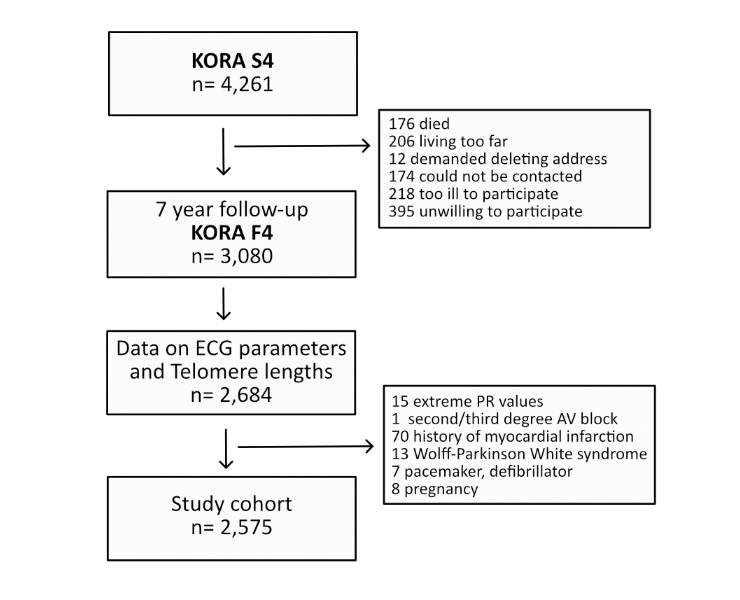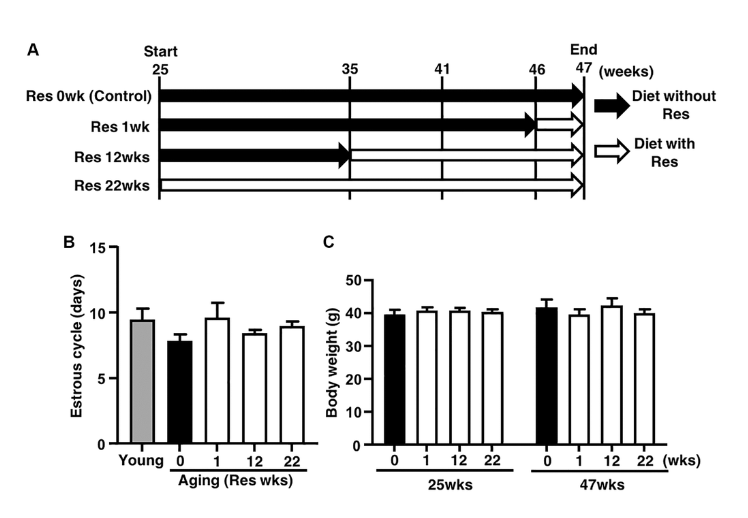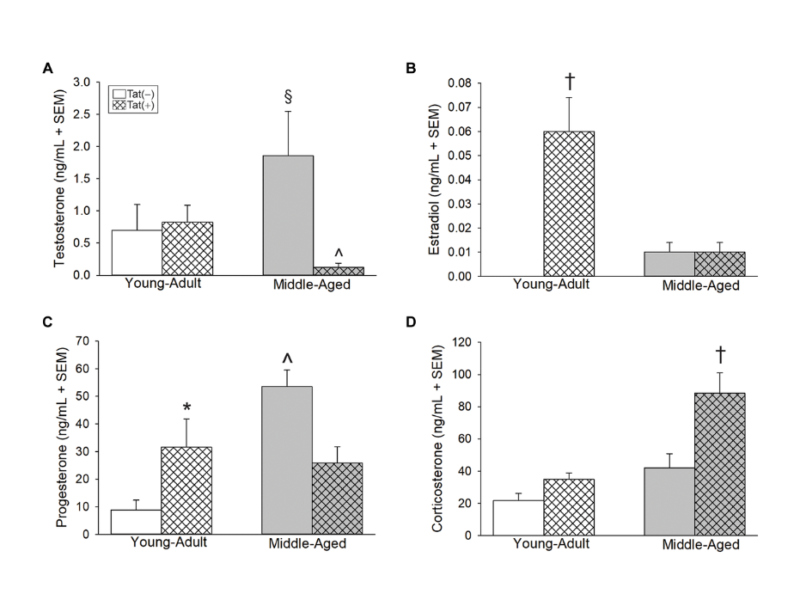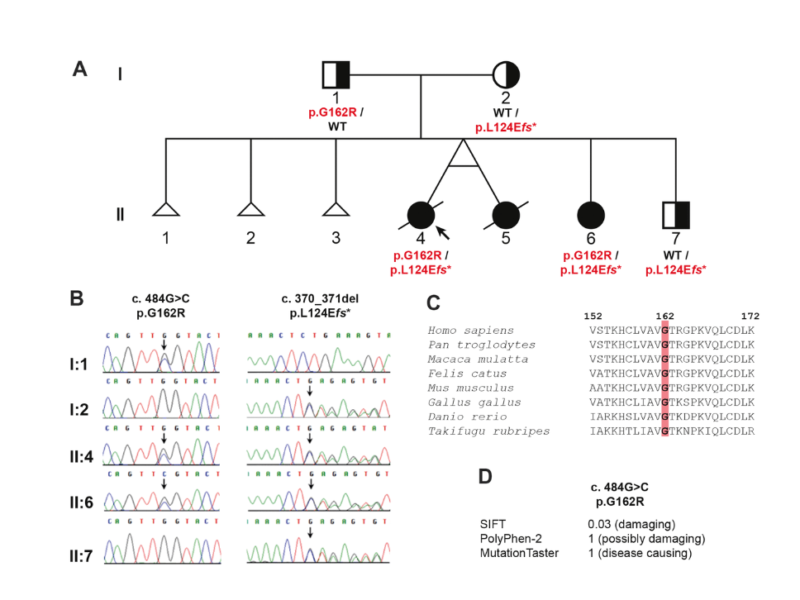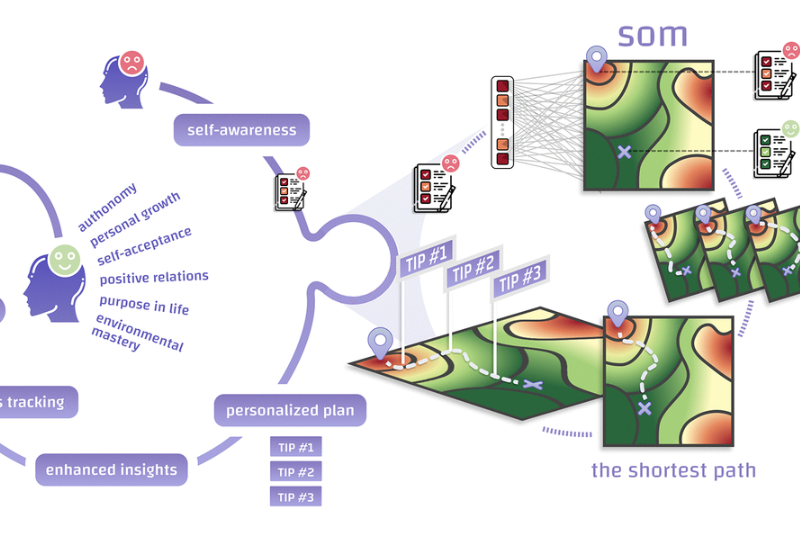On July 19, 2022, researchers published an editorial paper on restoring the circadian rhythm to minimize the risk of aging-related osteoporotic fractures.
Aging-US Research
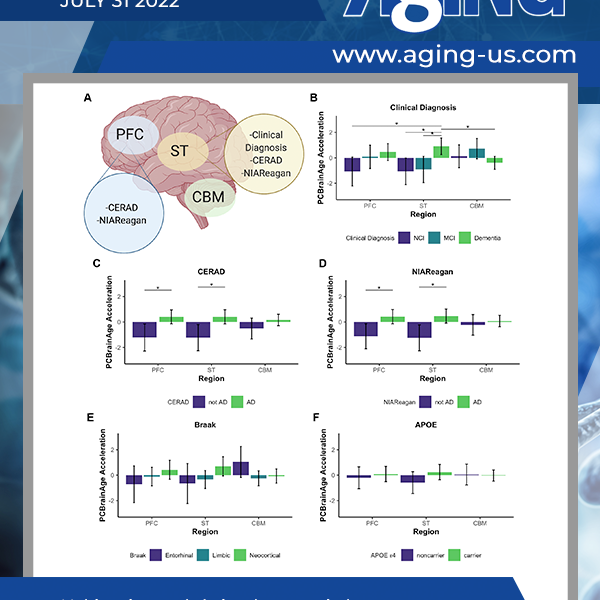
Alzheimer’s disease (AD) risk increases exponentially with age and is associated with multiple molecular hallmarks of aging, one of which is epigenetic alterations. Epigenetic age predictors based on 5’ cytosine methylation (DNAm), or epigenetic clocks, have previously suggested that epigenetic age acceleration may occur in AD brain tissue.
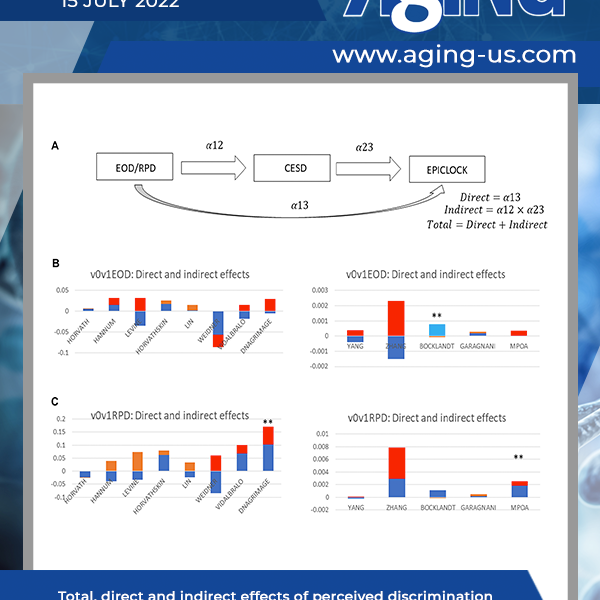
Background: Perceived discrimination may be associated with accelerated aging later in life, with depressive symptoms acting as potential mediator…
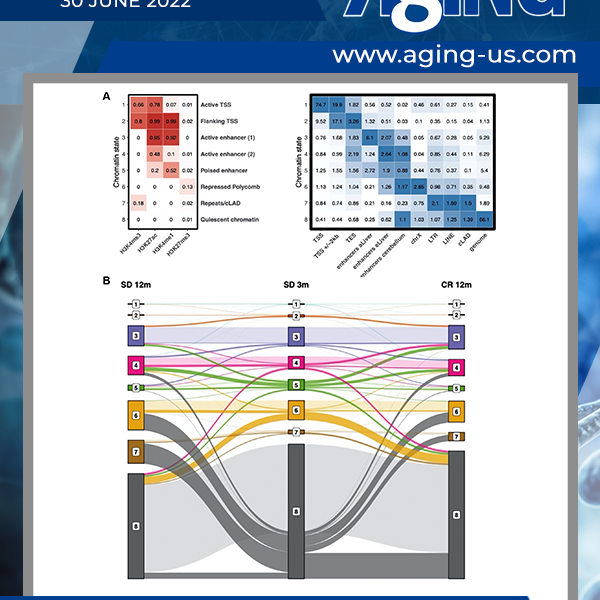
To detect the epigenetic drift of time passing, we determined the genome-wide distributions of mono- and tri-methylated lysine 4 and acetylated and tri-methylated lysine 27 of histone H3 in the livers of healthy 3, 6 and 12 months old C57BL/6 mice…


